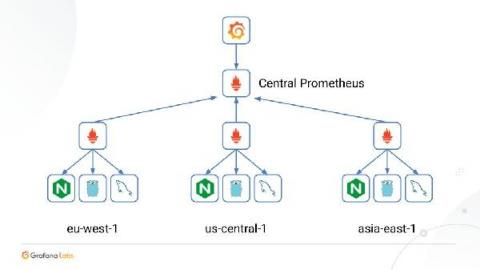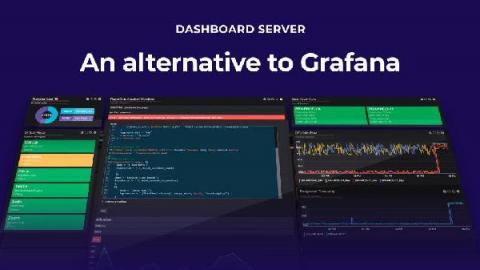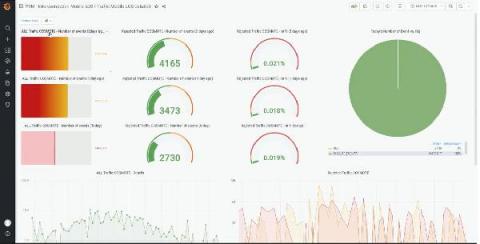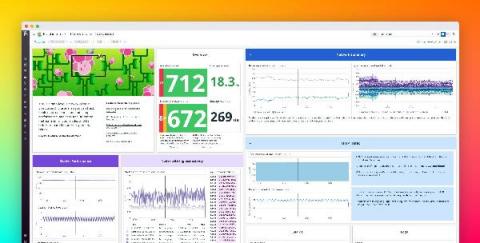The future of Prometheus remote write
At PromCon last month, Tom Wilkie, Grafana Labs VP of Product, described the origin and purpose of Prometheus remote write and previewed exciting developments on the road map. “We covered our efforts to standardize remote write, document how it works and why it works that way, and then test implementations,” Wilkie said. “In the next release or two of Prometheus, we’ll improve how we send metadata via remote write and start sending exemplars.









